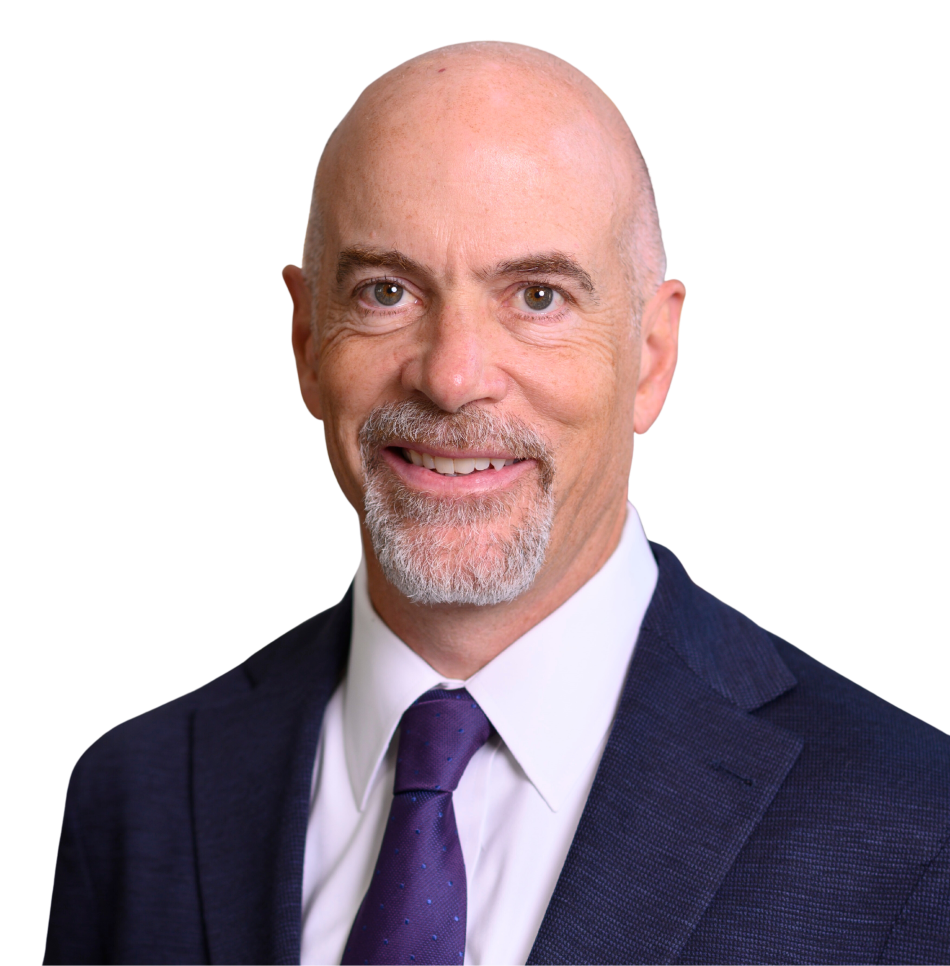Capturing Carbon and Shaping the Future of Energy
INSIGHT INTO INTERIM DEAN KARSTEN THOMPSON'S RESEARCH AND HOW THE LSU COLLEGE OF ENGINEERING WILL ADVANCE THE SCHOLARSHIP FIRST AGENDA

A Discussion with Karsten Thompson
Please briefly describe your research. How did you decide to focus on this particular area? How is it important to you?
My research area is best described as flow and reaction in porous materials, and my particular expertise is at the microscopic scale: how fluids and particles move, react, and become trapped or mobilized inside the pore space. My students and I have focused on various materials, including sandstones or limestones, membranes, soils, and solid foams. One of my first funded projects was for Kimberly Clark, and the porous material of interest was diapers, so the spectrum is broad!
In the 2000-2010 timeframe, this research area shifted dramatically because of technology for 3D high-resolution digital imaging of these materials. I was fortunate to work with my colleague (and coincidentally also interim dean) Clint Willson, who was an early adopter of this technology at CAMD and gave us great data sets to work with. For that reason, much of my research has been on what we call image-based modeling – meaning computational modeling of flow and reaction processes, but with the models operating on digital images of physical samples, including whatever heterogeneities or defects they contain.
I got into porous materials research because I chose my PhD advisor based on the person rather than the area – a choice I will never regret. One of my favorite parts about the area is that the digital images and flow simulations can make beautiful 3D renderings, so there is an artistic part of the research that people might not guess. If you search YouTube for “LSU Porous Media” you can find a movie my students created in 2012 using what was cutting-edge research capabilities at the time, and which has received 25k views despite the rather specialized topic.
What impacts have you seen from your research? How have these impacts shaped your career?
An interesting example is a project I worked on for Millipore – a company that makes sterilization membranes for the pharmaceutical industry. The FDA was pressuring Millipore to provide better fundamental understanding of how their membranes work, arguing that the membrane industry relied too much on empirical data. Millipore asked me and a scientist from Sandia National Lab to integrate our respective technologies to help them. Sandia performed sub-micron 3D imaging of the membranes and my group was able to use the images to simulate the dynamics of filtration of bacteria-sized particles, which supported the company’s empirical testing. The results were able to satisfy the FDA’s concerns, which is an impact I’m proud of because of the eventual importance of this technology to all of us.
How does your research relate to LSU’s Scholarship First Agenda? How can the law, and LSU Law in particular, impact and serve Louisiana?
For my research in particular, the strongest tie-in with the Scholarship First Agenda is the Energy theme, because much of my past work has focused on oil and gas production. Looking forward, carbon capture and storage (CCS) is a major part of the energy transition, and pore-scale imaging & modeling is a key tool to help us understand the flow, reaction, and phase change of CO2 in porous rocks, over multiple time scales.
More broadly, CCS is a good example of how the College of Engineering impacts and serves Louisiana. Our state is anticipated to be one of the world leaders in industrial CCS, with tens of billions of dollars in investment planned. LSU has a key role in providing workforce, R&D, and an independent knowledge resource on a topic that has become contentious.